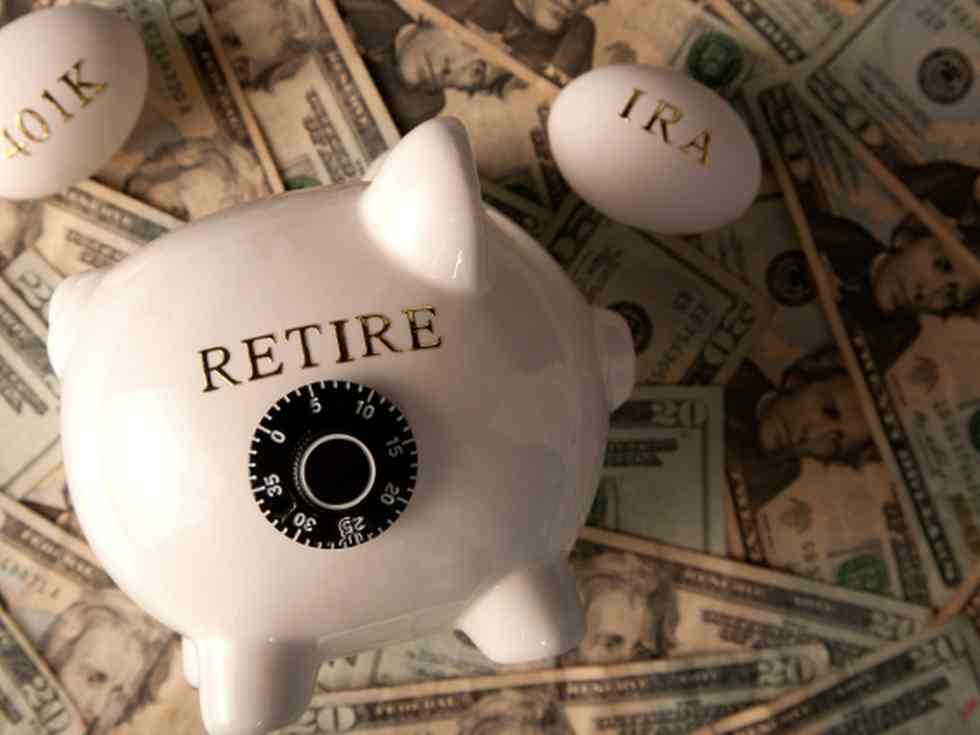When doing all your analysis on what shares to spend money on, you’ll undoubtedly hear analysts and monetary pundits point out one thing referred to as a P/E, or price-to-earnings, ratio. This is among the key numbers in a inventory desk, and one you would be smart to brush up on. Let’s assessment what the P/E ratio reveals, how traders use it to judge a inventory, and a few pointers to profit from it. (See additionally: Newbie’s Information to Studying a Inventory Desk)
What’s the P/E ratio?
It is the ratio of a inventory’s market worth per share to its earnings per share (EPS). Typically, the EPS is from the final trailing 12 months (TTM). Nevertheless, some monetary analysts might use an EPS determine from a shorter trailing interval, resembling one or two quarters, or a future interval, resembling over the following six to 12 months.
That is why it is essential to concentrate as to whether a P/E ratio calculation is utilizing historic or projected numbers. Estimated numbers are topic to a margin of error and shall be up to date as new knowledge turns into obtainable.
A P/E ratio tells you ways a lot traders are prepared to pay to obtain $1 in return for investing in a inventory. Historic knowledge means that on common, traders are prepared to pay $15 for each greenback of earnings (a P/E ratio of 15). Nevertheless, P/E ratios can differ throughout industries and explicit firms. On March 10, 2017, the P/E ratios of Fb Inc. [Nasdaq: FB], McDonald’s Company [NYSE: MCD], and Toyota Motor Corp. [NYSE: TM] have been 39.95, 23.36, and 10.70, respectively.
How traders interpret the P/E ratio
The principle attraction of the price-to-earnings ratio is that it offers a single, standardized metric to an investor evaluating whether or not or not a inventory is value shopping for (or promoting).
Nevertheless, any P/E ratio is open to a number of interpretation.
Excessive P/E ratio
On one hand, a excessive P/E ratio may point out that traders expect an organization to develop its future earnings. On the opposite, it could possibly be a sign of "irrational exuberance" — a time period coined by former Fed chairman Alan Greenspan to check with unsustainable investor enthusiasm. (See additionally: 3 Pearls of Monetary Knowledge From Alan Greenspan)
With a P/E ratio of 331.23 (no, that is not a typo!) as of March 10, 2017, Netflix, Inc. [Nasdaq: NFLX] is open to each interpretations. One investor may argue that the way forward for media is on-line streaming and that this firm is making all the precise strikes to turn into a pacesetter on this trade. One other may argue that this market valuation is a bit out of whack.
Low P/E ratio
Whereas one investor might imagine {that a} low P/E ratio signifies {that a} inventory has seen higher days, one other investor might interpret that very same low P/E ratio as an opportunity to snap up some shares at a low value.
Shares of Apple Inc. [Nasdaq: AAPL] present an excellent instance of this situation. With a P/E ratio of 16.66 as of March 10, 2017, some traders might imagine the efficiency of Apple is simply barely above common (keep in mind the long-term common of 15). Different traders might imagine that that is only a sluggish interval and that it has room for development since its most P/E ratio for the final 5 years is eighteen.51.
Learn how to take advantage of out of the P/E ratio
Now that what it’s, let’s flip to placing it to work.
1. Do not rely solely on the P/E ratio
Because of the math behind the P/E ratio, publicly traded firms which can be shedding cash haven’t got a P/E ratio in any respect! For instance, the most popular speak of the investing world proper now, Snap Inc. [NYSE: SNAP], does not have one. So for now, their P/E ratio is irrelevant, and you need to depend on another valuation metric, such because the price-to-sales ratio.
2. Put the P/E ratio in perspective
It is a sensible observe to measure a inventory in opposition to a gaggle of comparable friends. For instance, you might examine the P/E ratio of Marriott Worldwide Inc. [Nasdaq: MAR] in opposition to that of Hyatt Inns Company [NYSE: H], Wyndham Worldwide Company [NYSE: WYN], or the common of those from a number of others throughout the similar trade.
One other technique to put that P/E ratio into context is to make use of its historic common, most, and minimal. By having a look at these numbers and evaluating the choices from administration, you’ll be able to have a greater understanding of the present ratio.
3. Take note of the P/E ratio with purchase suggestions
When you obtain suggestions from your pals, kin, or favourite TV pundits that you can purchase a selected inventory as a result of it is "going locations," take note of the P/E ratio. If a inventory value rally is a rocket, the P/E ratio is the gasoline that helps it take off … and maintain rising. With no excessive sufficient P/E ratio, a rally shall be short-lived or, even worse, flip the opposite means round.
4. Beware accounting shenanigans
Corporations with one-time occasions, resembling promoting off a significant division or reducing down worker advantages, can alter their earnings and, in consequence, their P/E ratios. Dramatic ups and downs within the P/E ratio would render this ratio ineffective and you will have to make use of another inventory valuation metric.
That is why it is a good suggestion to keep watch over present (often known as trailing) and ahead P/E ratios. An enormous distinction between these two P/E ratios is an indication that there was a one-time occasion. Analysts recommend that when there are too many cases of those gaps, traders ought to pay nearer consideration to the money movement assertion on firm filings.
P/E ratio isn’t any silver bullet
Whereas the P/E ratio generally is a helpful metric to pick shares, it is no silver bullet. That is why it is essential to repeatedly educate your self concerning the interior workings of the inventory market and search the recommendation of a monetary adviser each time acceptable. (See additionally: Who to Rent: A Monetary Planner or a Monetary Adviser?)











